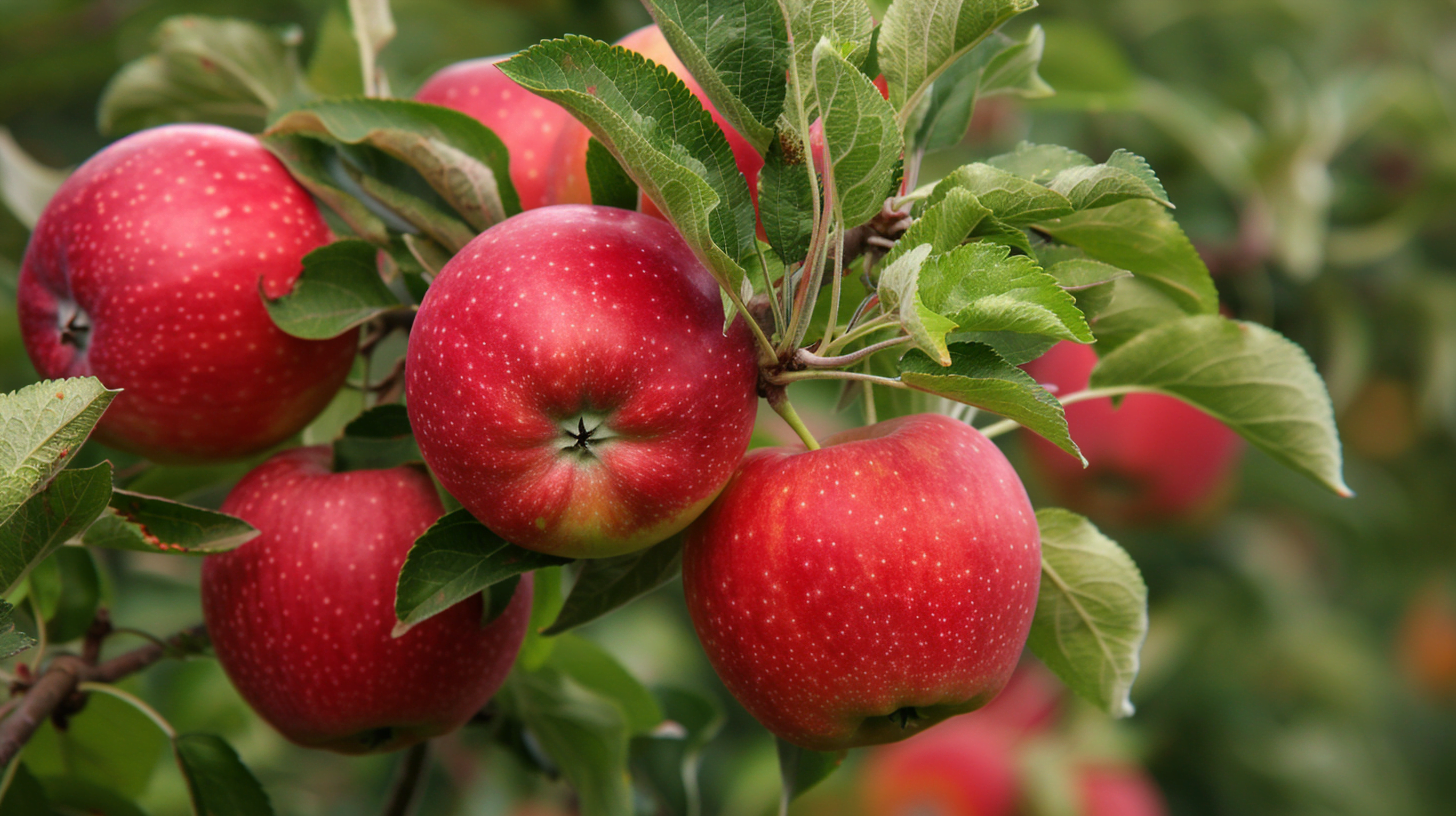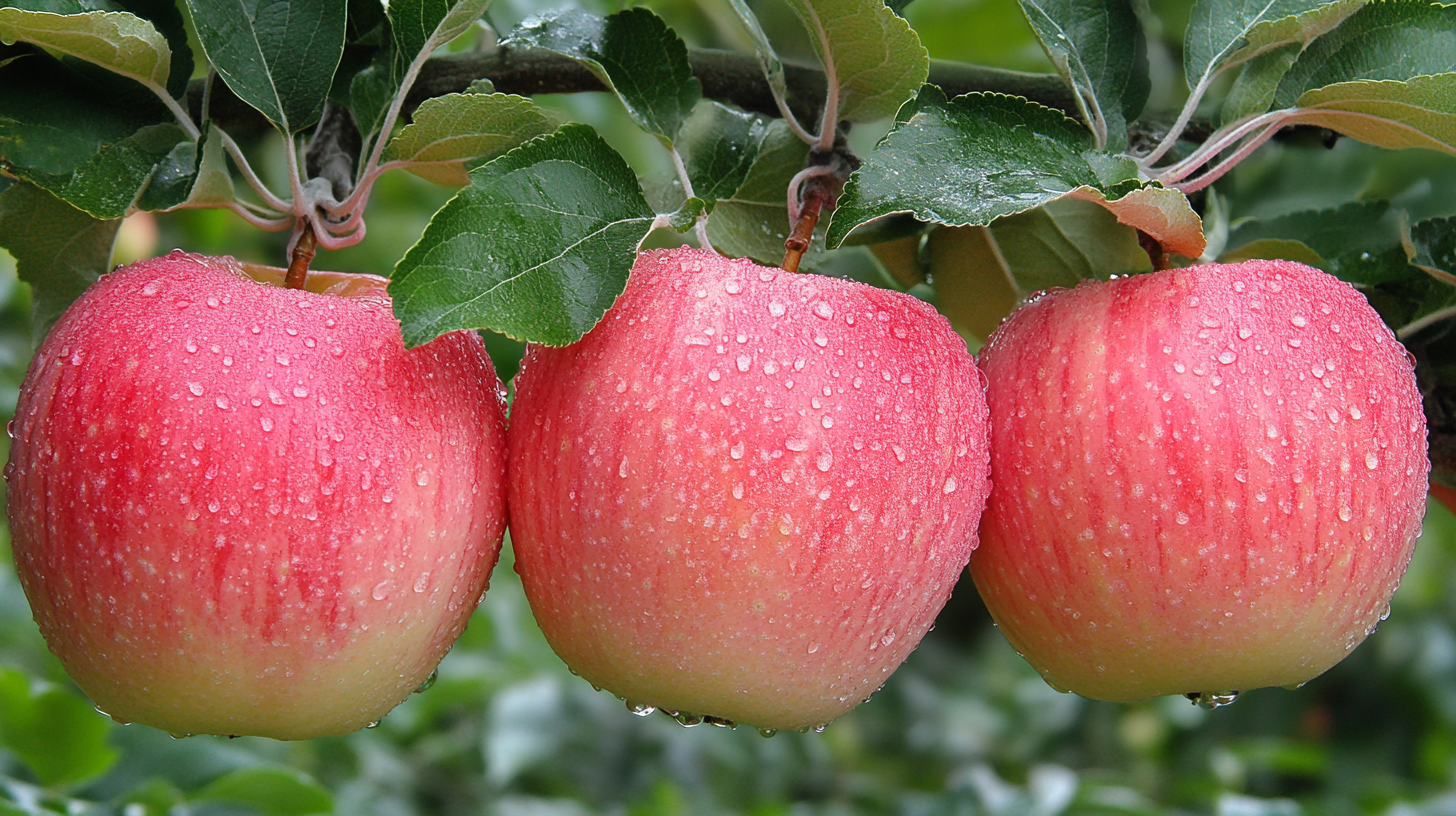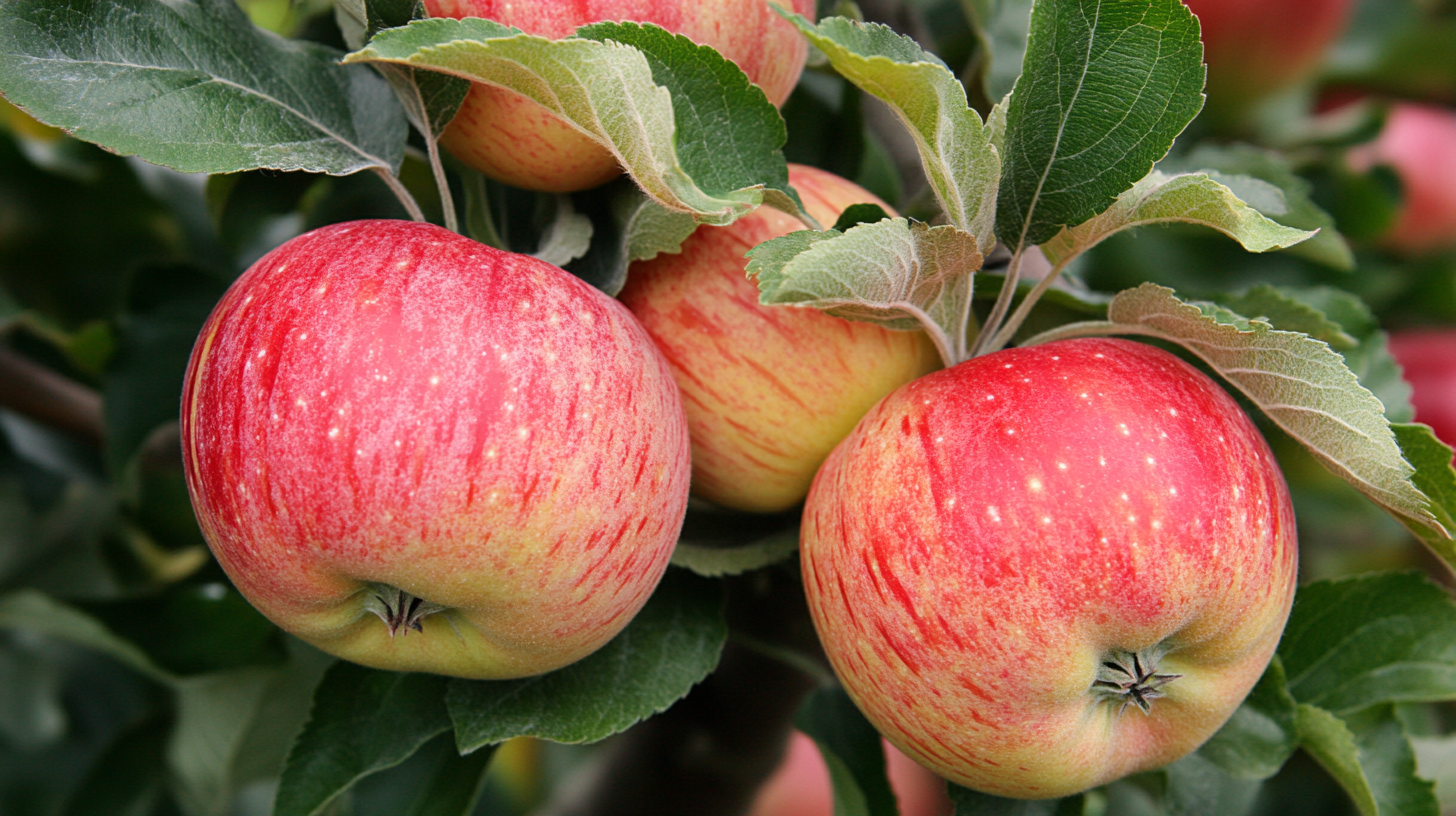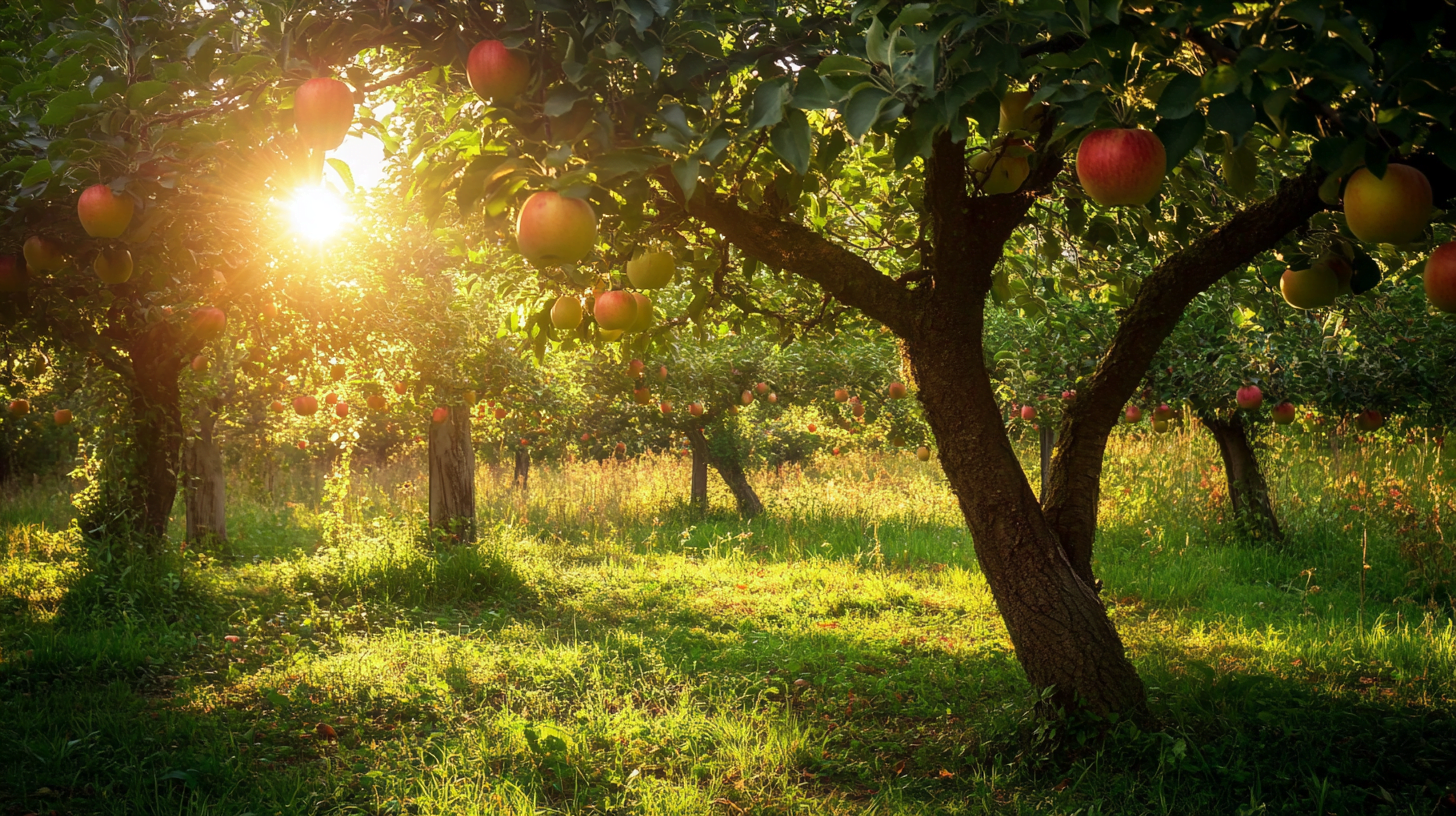Beautiful Plants For Your Interior

Table of Contents
While the crisp, juicy apple is a beloved fruit deeply rooted in American food and culture, the trees themselves are not native to North America. Let’s explore the fascinating origins and journey of the apple tree to the New World.
What is Considered a “Native” Plant?
A native plant species is one that has evolved naturally in a particular region without human intervention. These plants have adapted over thousands of years to the local climate, soil conditions, and ecosystems. Non-native or introduced species, on the other hand, have been brought to an area by humans, either intentionally or accidentally.
Distinguishing native from non-native species is crucial for conservation efforts and maintaining healthy, balanced ecosystems. Native plants provide food and habitat for local wildlife, prevent soil erosion, and contribute to biodiversity.
The Origins of the Apple Tree
The apple tree, scientifically known as Malus domestica, originated in the mountains of Central Asia, specifically in the region that is now modern-day Kazakhstan, Kyrgyzstan, and western China. Over thousands of years, the apple spread along ancient trade routes like the Silk Road, making its way to Europe and the Mediterranean.
It wasn’t until the 1600s that the first apple trees were introduced to North America by European colonists, who brought seeds and cuttings from their homelands. These non-native apple varieties quickly became a staple in the new settlements, valued for their versatility in cooking, cider-making, and as a long-lasting food source.
North America’s Only Native Apple Species
While the domesticated apple tree is not native to North America, the continent is home to one native apple species: the Malus coronaria, commonly known as the crabapple. This small, tart fruit was an important food source for many Indigenous peoples, who also used the wood for tools and the bark for dyes.
The crabapple’s native range extends from Saskatchewan to Texas and from Florida to New York. Its genetic diversity has even contributed to the development of modern apple cultivars through hybridization.
Johnny Appleseed’s Role in Spreading Non-Native Apples
One of the most famous figures in the spread of non-native apples across the American frontier was John Chapman, better known as “Johnny Appleseed.” This legendary nurseryman traveled on foot across Pennsylvania, Ohio, and Indiana in the early 1800s, establishing apple nurseries and planting orchards along the way.
While the apples he propagated were not the sweet, eating varieties we know today, they were highly valued for their versatility in producing cider, applesauce, and other preserved foods. Johnny Appleseed’s efforts played a significant role in shaping early American food culture and the westward expansion of agriculture.
Modern Apple Production in North America
Today, the United States is the second-largest producer of apples in the world, after China. The top apple-producing states are:
- Washington
- New York
- Michigan
- Pennsylvania
- California
Some of the most commonly grown apple varieties in North America include:
- Gala
- Red Delicious
- Fuji
- Honeycrisp
- Granny Smith
Apples are a multi-billion dollar industry, contributing significantly to the economies of many states and providing countless jobs in farming, processing, and distribution.
Environmental Impacts of Non-Native Apples
While non-native apple trees have become an integral part of North American agriculture, their introduction has not been without environmental consequences. In some areas, escaped or abandoned orchards have led to the establishment of feral apple populations that can outcompete and displace native plant species.
To mitigate these impacts, sustainable orchard practices such as integrated pest management, proper disposal of pruned materials, and the preservation of native habitats are crucial. Additionally, efforts are underway to conserve the genetic diversity of the native crabapple, which could hold valuable traits for future apple breeding programs.

Celebrating the Diversity of Apples
Despite their non-native origins, apples have become deeply woven into the fabric of North American culture and cuisine. In recent years, there has been a resurgence of interest in heirloom and heritage apple varieties, many of which were brought over by early settlers and have been preserved through generations of careful cultivation.
The organic and non-GMO apple movement has also gained momentum, with consumers seeking out sustainably grown, pesticide-free fruit. Apple festivals, cideries, and agritourism destinations have sprouted up across the continent, celebrating the rich diversity and history of this beloved fruit.
“The apple is the noblest of fruits, and the most ancient, too. It is the fruit of paradise, the fruit of knowledge, the fruit of sin, the fruit of the fall.” – Henry David Thoreau
While the domesticated apple tree may not be native to North America, it has undoubtedly become a cherished part of the continent’s agricultural heritage and culinary traditions. By understanding its origins and embracing sustainable practices, we can continue to enjoy the crisp, juicy bounty of this remarkable fruit for generations to come.


